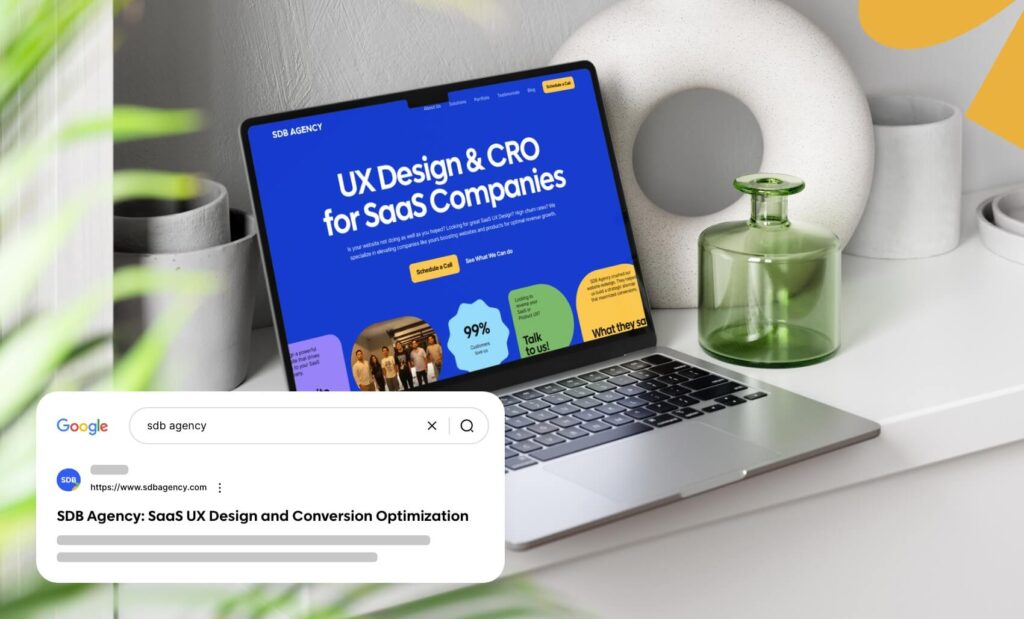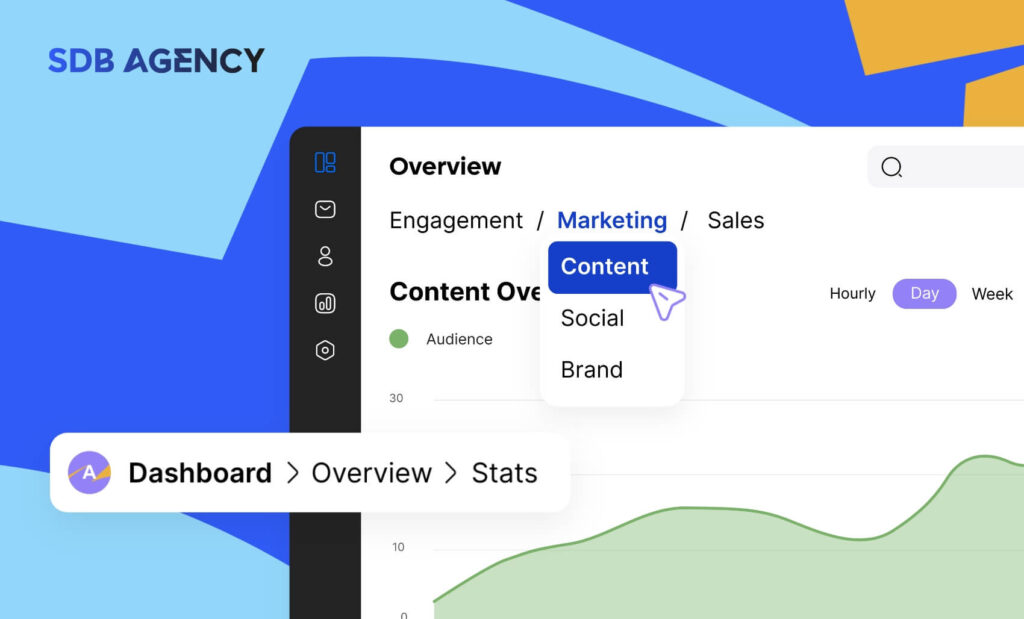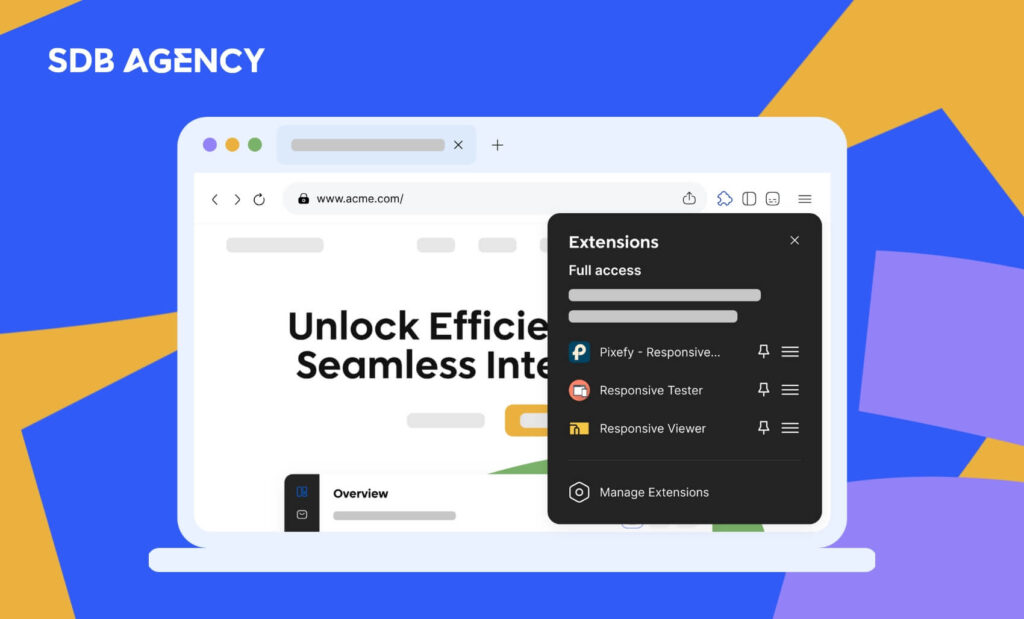Revamping Your Website Design: Fresh Ideas for a Modern Look

Revamping is the process of changing your website’s design and information, along with the UI and UX design and content, to improve conversion rates and SEO. A website revamp is like an investment property that needs a touch-up in appearance while also enhancing its core. A revamp will change how your site looks and make it fresher, up-to-date, and consistent with your brand.
A revamp may consist of an uplift of visuals, designs, color schemes, layouts, and content. Redesigning the website can improve its aesthetics and user experience, help reach a new audience, and increase traffic.
The difference between website redesign and website revamp
Your business’s main home is its website. To function optimally, your website will need regular care and maintenance, just like a home. However, nothing will last forever, and your website may start looking outdated as technology develops and your website requires change.
Maybe it looks outdated, or the information is no longer relevant. It may not seem to be getting the traffic it used to before, or perhaps you’re just ready for a change. Whatever the reason, updating your site will result in a better one.
Below are two comparisons that highlight the differences between the two:
Website revamp
A website revamp is improving an existing website by making changes that affect its appearance and functionality. You can apply the changes by simply updating elements like the color scheme, images, fonts, and layout.
A website revamp aims to improve its design, functionality, or usability without starting from scratch. For example, if you have a landing page that’s been around for years and are looking to add more pages or change its layout, you can do it without rebuilding your website from the ground up.
Website redesign
A redesign works similarly to a revamp, which aims to improve an existing website. The difference is that a redesign involves completely reworking a website’s layout, functionality, and navigation. A redesign improves information architecture, creates new experiences for users, and makes content more accessible.
The overall purpose of a website redesign is to improve usability and user experience for users and search engines.
From a time perspective, a redesign will take much longer than a revamp as the process may take months to complete, while a revamp should take a month or less.
Why is revamping your website important?

Now that you know the difference between a website revamp and a website redesign, it is time to look at the reason for updating your website.
1. Increase website rankings
Users will always trust the top page of Google results. Therefore, if you don’t update your website frequently, you may risk losing an essential digital asset – your Search Engine Results Position (SERP), which will determine your ranking in Google searches.
Google is aware of how users perceive your website. A lower position may significantly impact your business growth and revenue, as Google is estimated to account for 65% of all searchers.
2. Ensuring website security
If you’re still unsure about your website’s security, double-check its security. Remember that your website is the result of all your hard work—it’s a platform for marketing your company and your company’s home.
Astonishingly, over 30,000 websites are hacked each year, and it is becoming increasingly common. If your website experiences this, it may turn into an expensive problem. One incident is enough to damage your company’s reputation and result in a decline in your business, which may take years to recover.
In today’s world, it’s important to secure your website instead of waiting for it to be hacked. A website redesign can help rework your technical foundation, improving its current security.
3. Realignment with your marketing purpose
As your business grows, your sales and marketing goals will also continue to evolve, and you must keep up with them. Your chance of losing customers will increase if you don’t offer a modern and cutting-edge business while your competitors promote their growth.
Adding a new line of products or other interesting elements like blogs, events, and polls is excellent for capturing users’ attention and creating brand equity.
What are the signs your website needs a revamp?

We all tend to cling to things we are used to for too long. In business terms, this can translate into innovative failure, which will quickly cause you to lose potential customers. To keep your website fresh and increase traffic, you need to keep your website updated.
Let’s look at the indicators for revamping your website:
1. Your website is old
If your website hasn’t undergone any noticeable change in a while, it’s likely not following the latest best practices, especially regarding responsive design and accessibility. Therefore, it’s important to modernize your website – even if you want to make a small change in the design, it’s time to rebuild other website elements.
2. Outdated branding
It’s important to communicate your brand’s message across your entire website. Your website’s design and content should accurately represent any rebranding efforts or refinements to your brand’s image.
You can even notify your customers about rebranding, as it involves them and builds trust. Your customers will appreciate the adjustments being made to improve their experience and know that you care about their satisfaction.
3. A high bounce rate
A key indicator that it’s time for a revamp is a consistently high bounce rate. It usually shows that the UX is subpar, and customers are not finding what they are looking for when browsing your website.
4. Not mobile friendly
Every business today knows that most of the traffic to your website comes from mobile users. As it’s much simpler to use a mobile device and can be done anywhere, it’s important to update your website and make it mobile-friendly.
Your website must be easily navigated on phones, tablets, and other smaller devices. Therefore, minimize heavy elements to ensure your website loads fast and is engaging for your potential clients and customers.
Conclusion
Revamping your website is a powerful step toward boosting your brand’s online presence and meeting the evolving needs of today’s digital audience. By updating your site’s design, improving its usability, and ensuring it aligns with current trends, you’ll create a more engaging and accessible experience for visitors.
Prioritizing a revamp gives your site a fresh, modern look and strengthens its functionality and responsiveness, creating a solid foundation for ongoing digital success. Embrace the potential of a redesigned website and enjoy the benefits of increased traffic, improved user engagement, and better alignment with your business goals.




